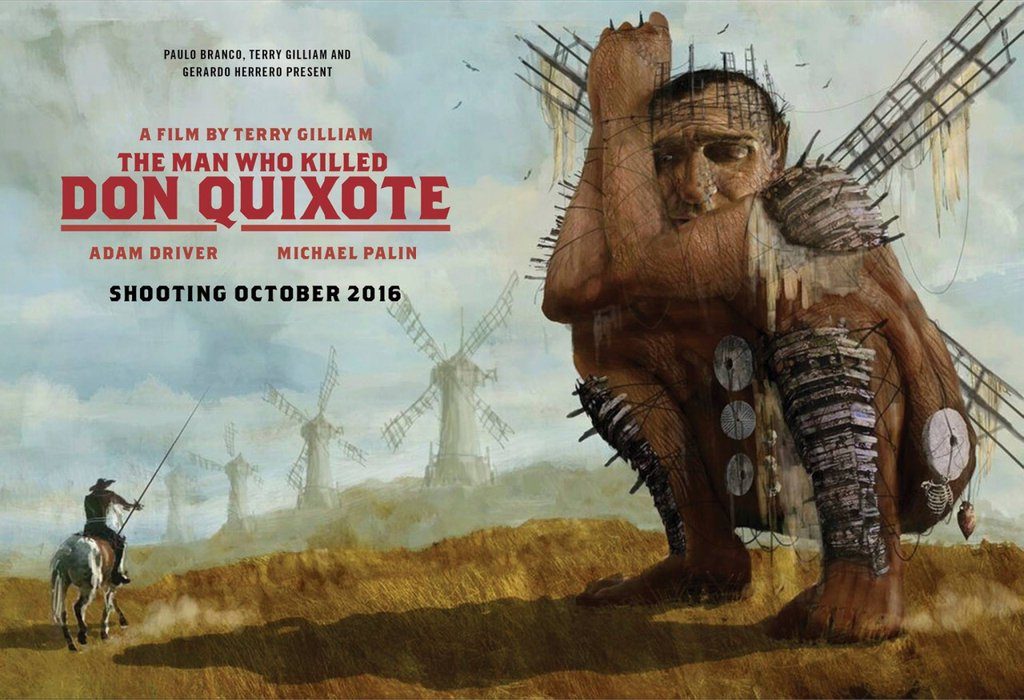Susan Granger’s review of “The Man Who Killed Don Quixote” (Screen Media)
Since 1989, Terry Gilliam (“Monty Python”) has been obsessed with adapting Miguel de Cervantes’ early 17th century novel “Don Quixote,” noting: “I’ve always been drawn to madmen, to fantasists, to people who refuse to accept the world for what it really is.”
After completing “The Adventures of Baron Munchausen,” Gilliam started developing this project, casting Johnny Depp as a time-traveler and Jean Rochefort as Quixote. That ill-fated effort was chronicled in the documentary “Lost in La Mancha” (2002).
Over the years, Sean Connery, John Cleese, Ewan McGregor, Robert Duvall, Michael Palin, John Hurt and Jack O’Connell were rumored to star.
Inspired by “A Connecticut Yankee in King Arthur’s Court,” Gilliam and co-writer Tony Grisoni (“Fear and Loathing in Las Vegas”), finally fashioned a bizarre adventure comedy about Toby (Adam Driver), a cynical director of TV commercials who feels artistically unfulfilled.
On location in La Mancha, Spain, he finds a bootleg copy of his old Quixote student film and realizes that the village where he shot it is nearby.
Javier (Jonathan Pryce), the old shoemaker whom he cast as Quixote, suffers from delusions that his role as the chivalrous “Knight of the Woeful Countenance,” jousting with windmills, was real, and his Dulcinea (Joana Ribeiro) is now a high-class call-girl, abused by a cruel Russian oligarch (Jordi Molla).
For exasperated Toby – a.k.a. the trusted squire, Sancho Panza – the line between reality and fantasy becomes increasingly blurred as the chaotic, confusing script meanders into ridiculously madcap vignettes of irreverent absurdity.
There’s Toby’s jealous boss (Stellan Skarsgard) whose wife predatory wife (Olga Kurylenko) is after Toby, along with his agent (Jason Watkins), who massages Toby’s ego and back.
As with all Terry Gilliam pictures, the opulent visuals are evocative. Utilizing anamorphic lenses, Nicola Pecorini’s digital cinematography and Benjamin Fernandez’ production design evoke the Spanish artist Goya and Dore, who illustrated “Quixote” in the 19th century.
On the Granger Movie Gauge of 1 to 10, “The Man Who Killed Don Quixote” is a preposterously quixotic 6, proving persistence eventually pays off.

